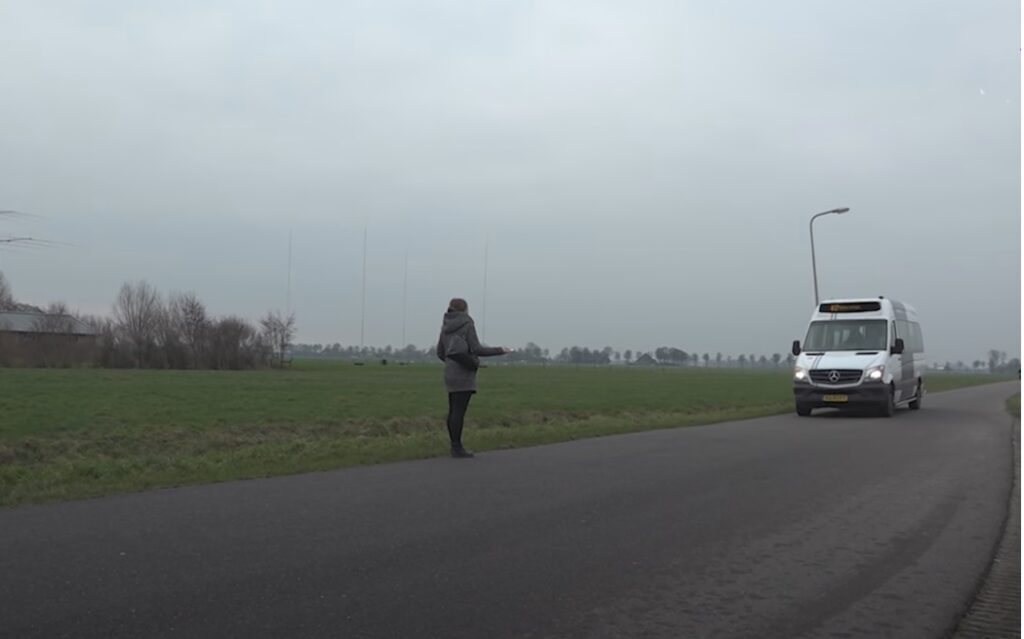KiM has mapped out the expected development (2018-2040) of the mobility and accessibility of residents of 4 different types of areas.
In the perception of a large part of the inhabitants of urban and rural areas, there are hardly any accessibility problems. Most believe that they can easily reach work or facilities for education, care or shops, for example. There is also hardly any difference in perception between urban and rural residents. When looking for solutions for mobility and accessibility, attention should be paid to the perception of residents. Now the focus is mainly on solutions for problems and bottlenecks that the inhabitants may not perceive as such. This is what the Knowledge Institute for Mobility Policy (KiM) writes in the publication 'The development of mobility and accessibility in the urban and rural Netherlands'.
In the urban area, the population is growing and there are more and more jobs and facilities. In parts of the rural area, on the other hand, the population and employment are shrinking and the supply of facilities is shrinking. These trends mean that mobility and accessibility develop differently in these areas.
The KiM has mapped out the expected development (2018-2040) of the mobility and accessibility of residents of 4 different types of areas: the urban area where the population is growing, the urban area where the population is decreasing, the rural area where the population is growing and the rural area where the population is declining. The researchers did this for a high and a low growth scenario. The results of the analyzes have been translated into opportunities, threats and solutions that differ per type of area.

Experienced accessibility
There are differences between the urban and the rural area in the number of jobs, educational institutions and shops that can be reached. However, a large proportion of the inhabitants of those areas experience hardly any accessibility problems. Residents of urban and rural areas experience the accessibility of facilities hardly differently. In rural areas, certain factors, such as high car ownership (more than in the cities), can make a positive contribution to perceived accessibility.
The car remains dominant in rural areas
The car will remain the dominant mode of transport in rural areas in the future. The use of regular public transport in these areas is low and is expected to remain so in the future. As a result, the affordability of public transport is under more pressure and the availability of public transport in rural areas is less self-evident. Small-scale public transport (tailor-made transport) can possibly act as a safety net for people who depend on public transport. In rural areas it is also promising to encourage the use of electric bicycles at distances of up to 20 km and to construct cycle and fast cycle routes.
Living environment urban area
In a high-growth scenario, the living environment of the residents in the urban area will be more affected by, for example, more traffic jams, increased use of space by the car, environmental impact and noise nuisance. In order to maintain the quality of that living environment in any case, there are various solutions available, according to KiM. For example, by ensuring proximity to living, working and facilities. But also by making city centers and newly developed neighborhoods car-free and regulating parking. In addition, encouraging shared mobility and good transfer facilities on the outskirts of the city (multimodal hubs) are among the possibilities, according to the KiM researchers.



